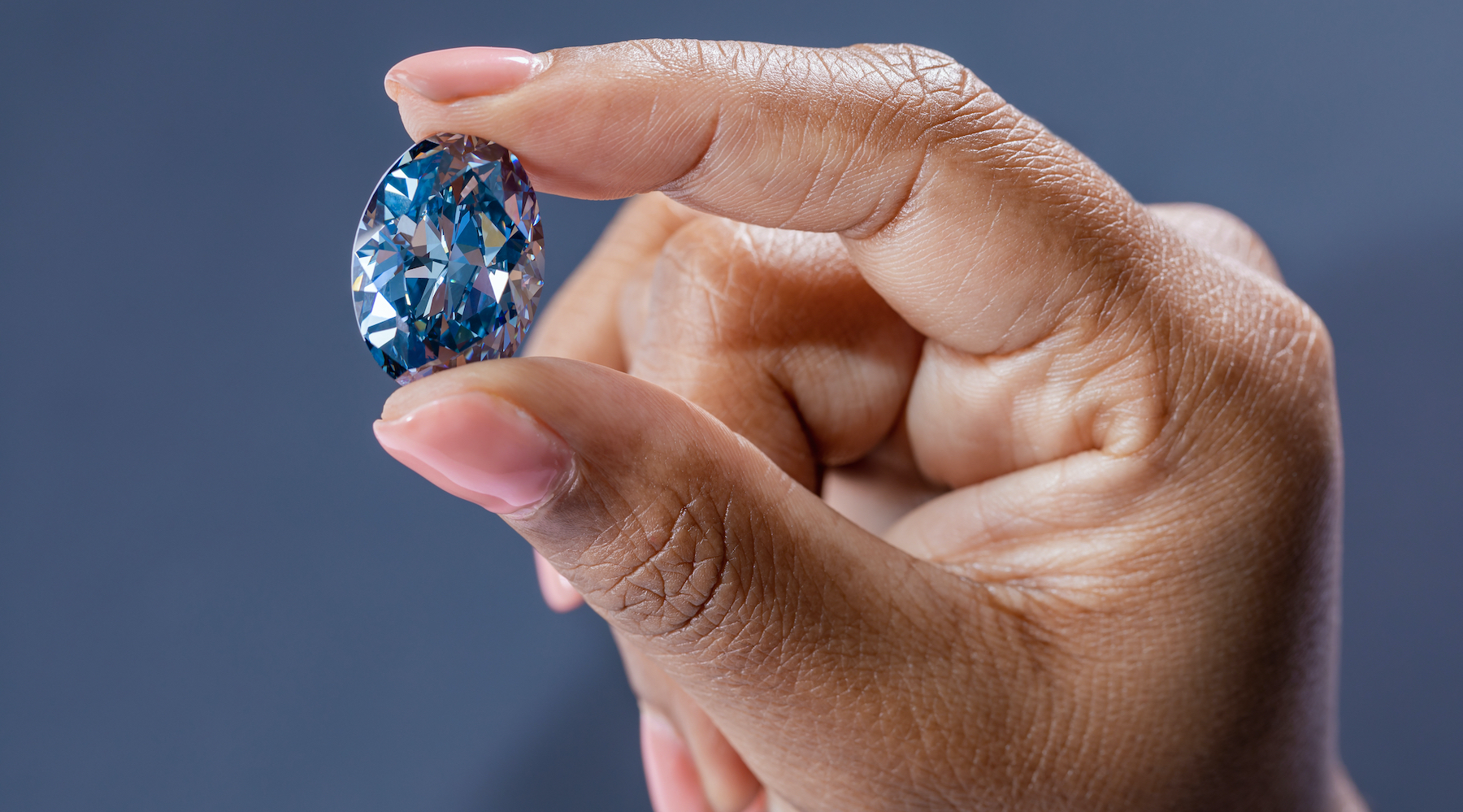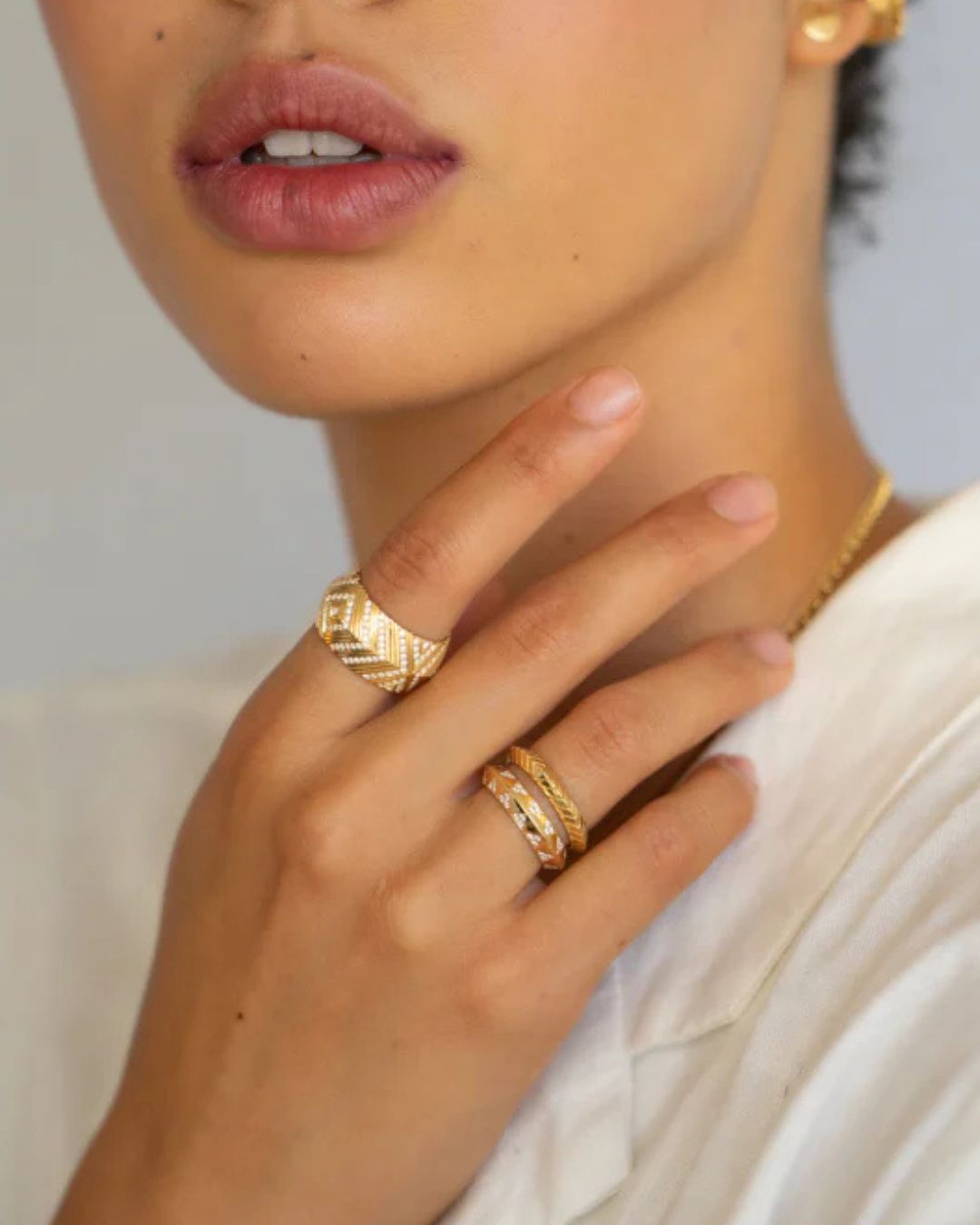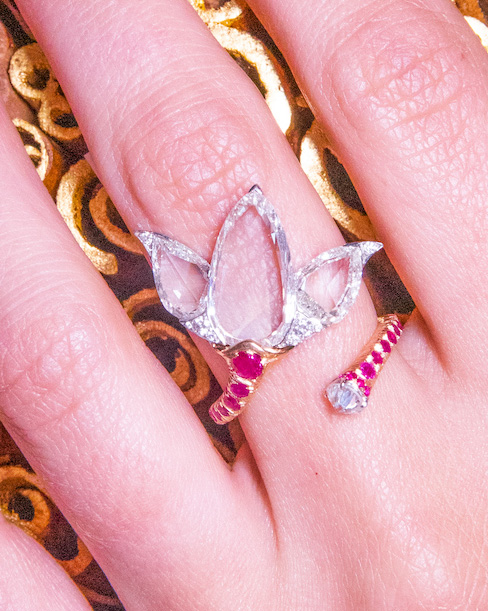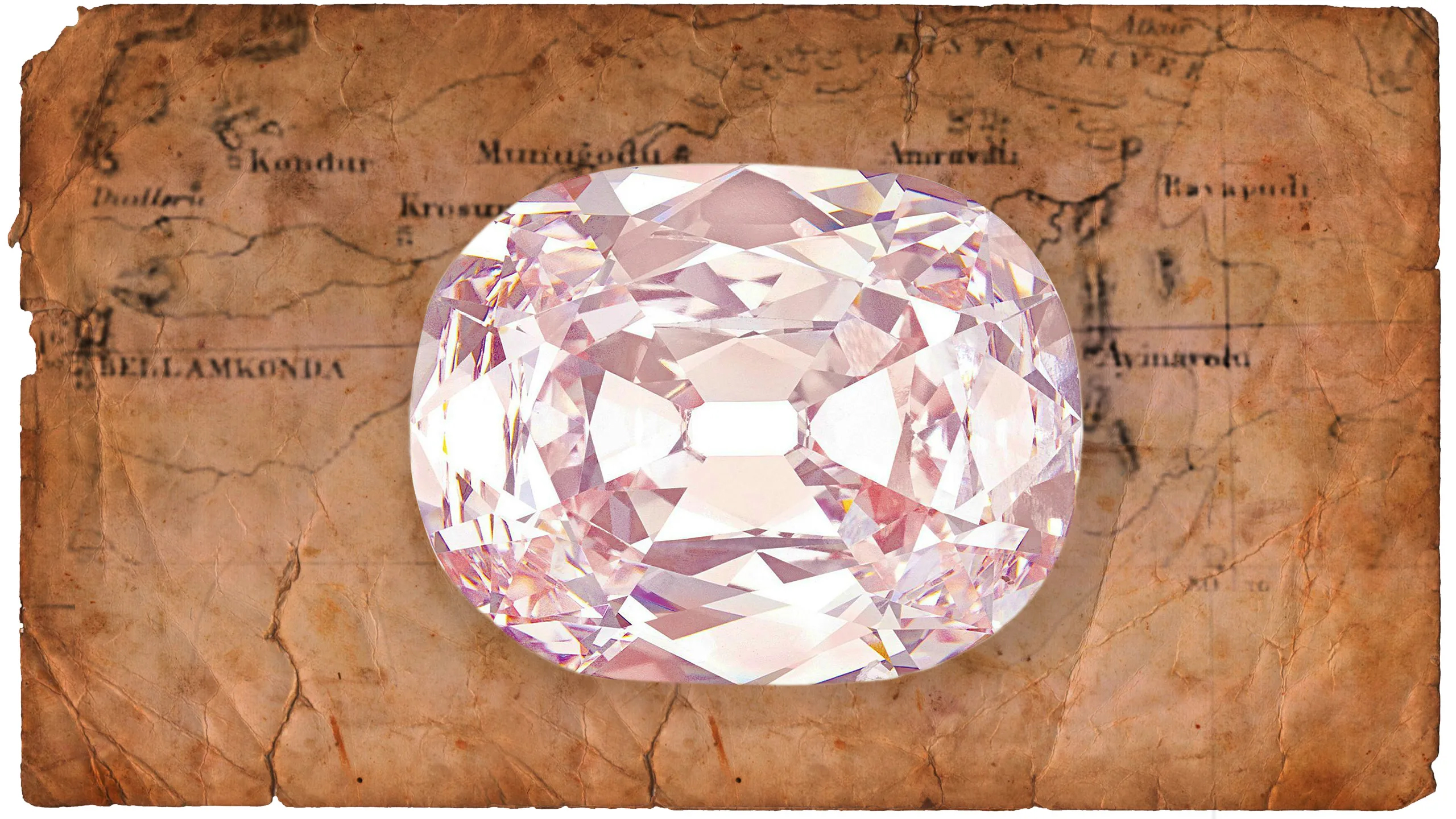Historic Diamonds
The Okavango Blue Diamond: Botswana’s Dazzling National Treasure
By Shelley Brown, Updated September 10, 2025
The largest blue diamond of its kind is both a scientific marvel and a symbol of progress.

The Okavango Blue Diamond (Courtesy of American Museum of Natural History)
Few natural diamonds in the world rival the beauty, rarity, and cultural significance of the Okavango Blue. Unearthed in Botswana, this extraordinary deep blue diamond has captivated the diamond industry with its mesmerizing color, exceptional size, and powerful origin story. More than an exceptionally rare gemstone, the Okavango Blue represents Botswana’s rich natural resources and its globally respected commitment to ethical diamond stewardship.
Meet the Expert

- Mmetla Masire has served as the Managing Director of the Okavango Diamond Company since July 2021, bringing over three decades of diamond industry expertise to the role.
- Masire has played a pivotal role in advancing Botswana’s direct participation in the diamond value chain, aligning ODC’s growth trajectory with the nation’s economic empowerment objectives
What Is the Okavango Blue Diamond?
The Okavango Blue is a 20.46-carat fancy deep blue oval brilliant-cut diamond, named after Botswana’s Okavango Delta, a UNESCO World Heritage site and one of the most biodiverse regions in the world. It was discovered at the Orapa Mine, one of the largest open-pit diamond mines globally.
It was brought to market by the Okavango Diamond Company, a state-owned enterprise that ensures Botswana’s diamond profits are reinvested directly into its economy. Through ODC, proceeds from diamond sales help fund critical national programs in education, healthcare, and infrastructure, directly improving the quality of life for Botswana’s citizens.
The stone’s vivid, even coloring and expertly executed cut make it one of the most exceptional natural blue diamonds ever uncovered.

What Makes the Okavango Blue Diamond So Rare?
Natural blue diamonds are incredibly rare, representing just a fraction of a percent of all diamonds mined each year. Their beautiful color comes from the presence of boron in the diamond’s crystal structure—a trace element that enters the stone during formation deep within the Earth.
Colored diamonds as a whole account for less than 0.1% of diamonds submitted to GIA for grading. Of those, blue diamonds represent only a small fraction, making them one of the rarest natural color varieties, alongside red and violet.
The Okavango Blue stands out not only for its striking hue and clarity but also for its size. At over 20 carats, it is the largest blue diamond ever discovered in Botswana and ranks among the world’s most important fancy color diamonds. Its combination of origin, scale, saturation, and craftsmanship makes it a true one-of-a-kind.
Colored diamonds as a whole account for less than 0.1% of diamonds submitted to GIA for grading.

The Mystery of Blue Diamonds
Despite decades of scientific study, blue diamonds remain enigmatic. While boron is known to give them their color, exactly how this element becomes trapped in a diamond’s carbon structure is still not fully understood.
Some researchers believe that blue diamonds form in the Earth’s lower mantle, far deeper than most diamonds, possibly more than 400 miles beneath the surface. One leading theory suggests that boron may have come from ancient oceanic crust that was pushed deep into the Earth’s interior through plate tectonics. If true, this means that blue diamonds like the Okavango Blue carry within them the traces of long-vanished oceans, crystallized over billions of years.
This geological mystery adds another layer of wonder to an already rare and extraordinary stone.

A Star Exhibit at the American Museum of Natural History
In 2021, the Okavango Blue was unveiled to the public for the very first time at the American Museum of Natural History in New York City in 2021. Displayed in the Melissa and Keith Meister Gallery, part of the Allison and Roberto Mignone Halls of Gems and Minerals, the diamond took center stage as a symbol of natural wonder and national pride.
“This is a once-in-a-lifetime opportunity for Museum visitors to see this truly spectacular blue diamond while learning about diamonds more broadly,” said then-President Ellen V. Futter.
The exhibit shared not only the gem’s dazzling visual appeal but also the deeper story of how Botswana has harnessed its diamond resources to invest in education, healthcare, and infrastructure.
Where Is the Okavango Blue Diamond Now?
Following its time in New York, the Okavango Blue returned to Botswana. As of now, the diamond remains under the stewardship of the Okavango Diamond Company, where it continues to serve as a national treasure and symbol of the country’s natural wealth and progressive approach to resource management.
While the diamond is not currently on public display, it is preserved as a shining example of Botswana’s role in the global natural diamond industry and the possibilities that arise when a nation reinvests in its people.

A Diamond with a Deeper Meaning
Beyond its geological rarity and beauty, the Okavango Blue tells a larger story. It’s a physical embodiment of Botswana’s commitment to sustainable development and ethical diamond production. As Mmetla Masire, Managing Director of the Okavango Diamond Company, once said:
“Our diamonds tell the rich history and unique journey of Botswana’s development. The Okavango Blue is not just an ordinary three billion-year-old polished carbon element but rather a physical embodiment of the passing of time, a fragment of eternity.”











